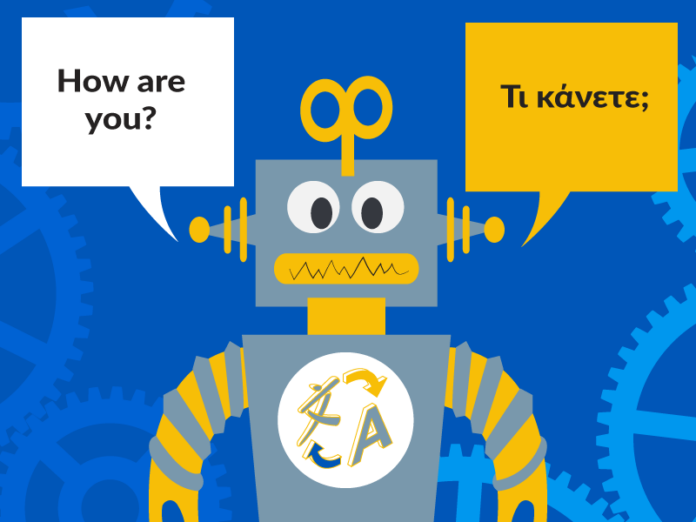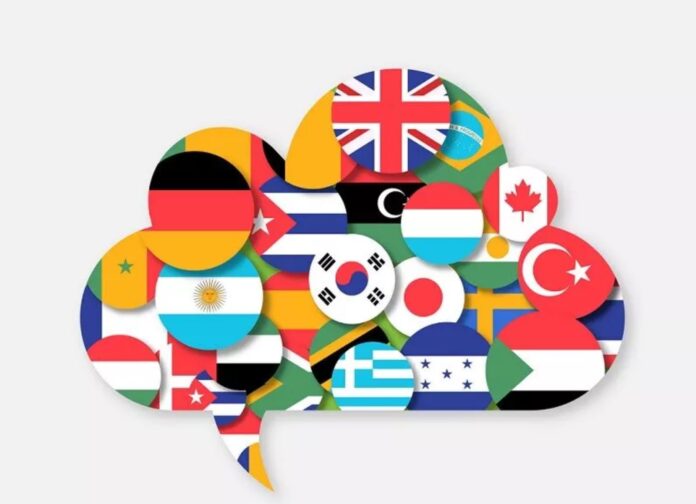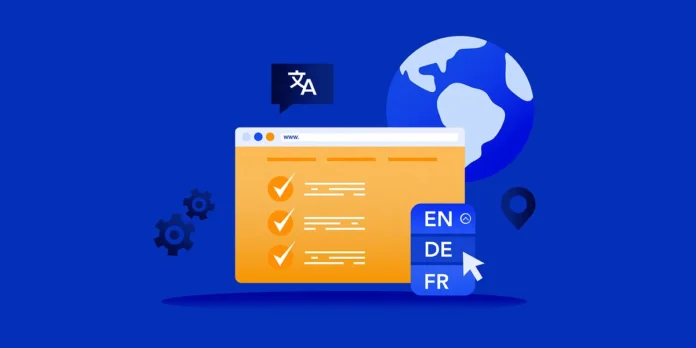In today’s interconnected, globalized and online based world, businesses of all sizes are looking to expand their reach beyond their local markets. One of the key ways to do this is by creating multilingual websites that cater to customers in different countries and regions. However, creating a multilingual website involves much more than just translating text.
There are different types of web translations that businesses can choose from, each with their own advantages and costs. In this article, we will explore the different types of web translations and how much they typically cost.
Machine Translation:

Machine translation is the most basic type of web translation and involves using software to automatically translate text from one language to another. While machine translation has come a long way in recent years, it still has some limitations, such as difficulty in understanding context, grammar and idiomatic expressions, and cultural nuances.
The cost of machine translation varies depending on the software used and the length of the text to be translated. Free online machine translation services, such as Google Translate, are available but may not always be accurate. Paid machine translation services can range from a few cents to several dollars per word, depending on the level of accuracy and customization required.
Localization:
Localization involves adapting web content to suit the cultural and linguistic norms of a specific locale. This type of web translation goes beyond mere language translation to incorporate factors such as regional dialects, symbols, and other cultural nuances that may impact the user experience.
The cost of website translation through localization varies depending on the level of customization required. It typically involves a combination of translation, cultural adaptation, and technical changes to ensure that the website is fully functional and appealing to the target audience. Localization costs can range from a few hundred dollars to tens of thousands of dollars, depending on the size and complexity of the website and the number of languages being targeted.
Human Translation:

Human translation involves using professional translators to manually translate text from one language to another. This type of web translation is more accurate and reliable than machine translation and can help businesses ensure that their content is culturally appropriate and engaging for their target audience.
The cost of human translation varies depending on the language pair, the length and complexity of the text, and the experience and expertise of the translator. Generally, human translation services charge by word, and prices can range from a few cents to several dollars per word. However, it’s important to note that the cheapest option may not always be the best, as quality should be a priority when it comes to web translation.
Machine Translation with Human Post-Editing:
Machine translation with human post-editing combines the speed and cost-effectiveness of machine translation with the accuracy and cultural appropriateness of human translation. In this type of web translation, machine translation software is used to automatically translate the text, which is then edited and revised by a human translator to ensure quality and consistency.
The cost of machine translation with human post-editing is usually lower than that of pure human translation but higher than that of machine translation alone. Prices can range from a few cents to several dollars per word, depending on the level of post-editing required.
Crowdsourced Translation:

Crowdsourced translation involves using a community of volunteers or amateur translators to translate web content. This type of web translation can be cost-effective and efficient, but it can also be risky in terms of quality and accuracy.
The cost of crowdsourced translation varies depending on the size and quality of the community of volunteers, as well as the length and complexity of the text to be translated. Some crowdsourcing platforms charge a fee per word, while others may offer the service for free in exchange for access to the translated content.
Translation Memory:
Translation memory is a database that stores previously translated content, allowing businesses to reuse it in future translations. This can save time and money, as well as ensure consistency and accuracy across different languages.
The cost of translation memory depends on the software used and the amount of content to be stored. Some translation memory software is available for free, while others may charge a monthly or annual fee based on the amount of content stored.
How to Choose the Right Web Translation for your website

Choosing the right web translation for your website can be a daunting task, especially if you are not familiar with the language or the culture of the target audience. However, a well-translated website is crucial for reaching a wider audience and expanding your business globally.
Target Audience
The first and most important factor to consider when choosing a web translation is your target audience. You should have a clear understanding of who your target audience is, their language, their culture, and their preferences. For instance, if you are targeting a Japanese audience, you should use a web translation that is localized for Japan and is culturally appropriate. This will not only help you to convey your message effectively but will also show that you value and respect their culture.
Translation Quality
The quality of the translation is another important factor to consider. A good translation should accurately convey the meaning of the original text while maintaining the tone and style of the original language. It should also be free of grammatical errors, typos, and other mistakes. To ensure the quality of the translation, you should choose a professional translation service or a translator who is a native speaker of the target language.

Integration with your website
The web translation service you choose should be easy to integrate with your website. This means that it should support the platform your website is built on, such as WordPress, Joomla, or Shopify. Additionally, it should provide an easy-to-use interface that allows you to manage the translation of your website effortlessly.
Support for Multiple Languages
If you are targeting a global audience, you should choose a web translation service that supports multiple languages. This will allow you to translate your website into different languages and reach a wider audience. Additionally, the web translation service should provide a user-friendly interface that allows you to manage multiple languages effortlessly.
Customer Support
The web translation service you choose should provide excellent customer support. This means that they should be available to answer your questions and provide assistance whenever you need it. Additionally, they should provide a comprehensive FAQ section and a user guide that helps you to navigate the translation process easily.

SEO Optimization
Finally, the web translation service you choose should provide SEO optimization for your translated website. This means that they should optimize the translated website for search engines and help you to rank higher in search engine results pages. This will increase the visibility of your website and drive more traffic to your site.
In conclusion, creating a multilingual website requires careful consideration of the different types of web translations available and their associated costs. Machine translation, localization, human translation, machine translation with human post-editing, crowdsourced translation, and translation memory are all viable options, but each has its own advantages and disadvantages. When choosing a web translation service, businesses should prioritize quality and accuracy.









